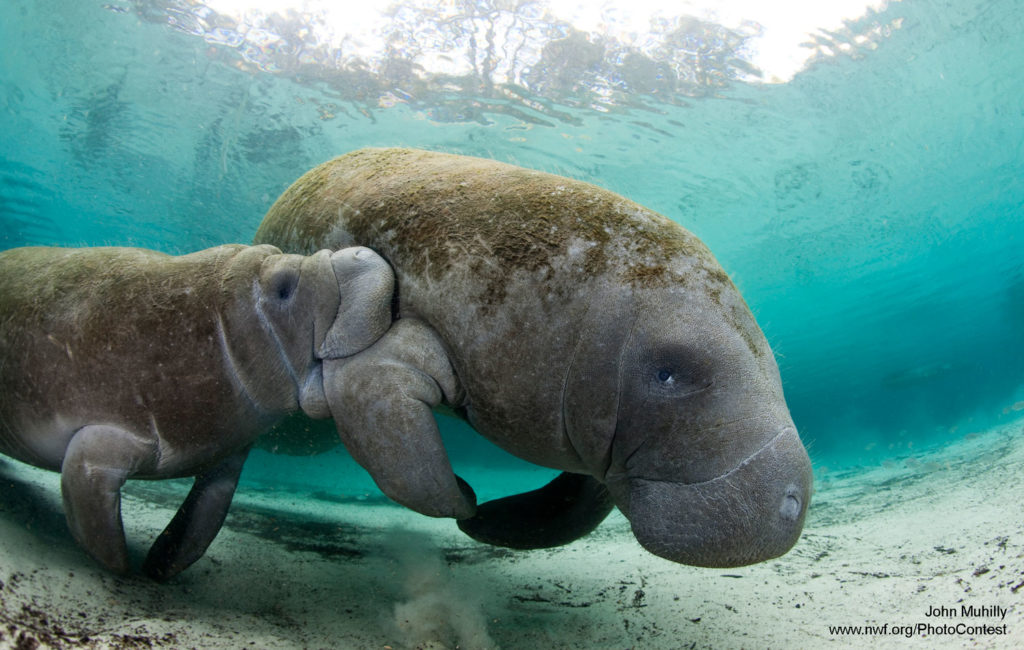What Happens When You Drain A Swamp?
I have been living in South Florida for more than
twenty years. Aside from the ocean, most of the
water around would be considered swampland. At
least, it looks like a swamp to me. Not a place
that I’d ever want to fall into, dive into, or
even walk into. But, last year, I had the
opportunity to travel down to Clyde Butcher’s
place and take a swamp walk with a group of
friends. I never thought I’d ever walk into a
swamp or even go close to one. Going into a swamp
has a fear factor for sure. We went on a two-hour
excursion with a knowledgeable naturalist to
expose the many wonders of the Big Cypress
National Preserve. We came across an array of
native wildflowers and wading birds on the hunt. I
even saw red-shouldered hawks, barred owls,
pileated woodpeckers, and alligators and water
reptiles. There were some animals that live in the
low-oxygen water like crayfish, shrimp, tadpoles,
and insect larvae. The bigger ones live at the
surface of the water alligators, and caiman, some
animals live above the water like birds, insects,
frogs.
Any type of swamp ecosystem is an amazing place to
visit and explore. These ecosystems are diverse in
flora and fauna. Around the world, many have been
home to hunter-gatherer peoples for thousands of
years. Swamps are low-elevation, fresh, brackish,
or salt-water wetlands that are dominated by woody
plants such as shrubs or trees. The swamp
ecosystems are found on all continents of the
world except Antarctica. The Everglades are lands
traditionally been home to the Caddo Nation,
Seminole, and Muscogee peoples. The swamp
ecosystem provided for all of the survival needs
for these peoples. More recently, the Cajun
culture that has become established, especially in
Southern Louisiana, is based in living in and
utilizing swamps for sustenance.
What would happen if anyone would try to drain a
swamp? They would destroy the ecosystem and put
nature off balance. With politicians using the
phrase, “draining the swamp,” as an offensive term
for our nation’s capital and what goes on there,
is an insult to the swamp. Donald Trump turned
this phrase into a rallying cry, pledging to
restore “honesty, accountability, and change to
Washington.” His dedication to this principle has
been called into question though. And he isn’t the
first one to use it; the metaphor was used by
Ronald Reagan and Nancy Pelosi. Swamps are
valuable parts of nature, rather than objects of
derision and hatred. A swamp is a forested wetland
that contains standing water year-round.
Swamp-draining can also cause serious problems for
people and the environment, and nowhere is this
truer than in the Florida Everglades. It didn’t
exactly turn out that way. A large part of the
Everglades had become comparatively barren and
dry; huge areas actually caught fire and burned
for years in some places. The damage that was done
by “draining the swamp” has not been easily
reversible. Thus, swamps are an important piece of
the effort to mitigate the ongoing effects of
climate change.
We all hope that the new president will not
totally destroy the fine balance between nature,
and mess up the environment causing more problems
with water and air pollution, and our food by
lifting regulations, ignoring the need for
national parks in the name of the dollar.
What can we do? Write and call your congressman
and make sure there is someone protecting the air,
water, food, medicine, and national parks.
Otherwise, it will take hundreds of years to
recover.
I wish you the best in your Health, Wealth and
Happiness.

